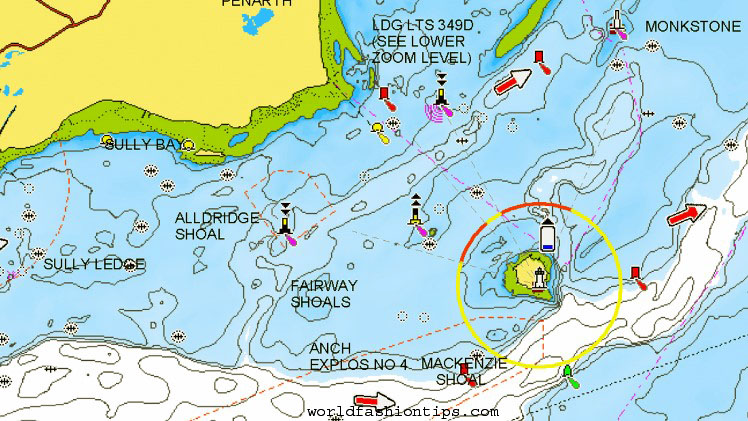
Introduction:
Depth map features, you want to feel safe and know where everything is around you. In order to do this, you need to use nautical charts and depth maps to track your boat’s location on the water. Nautical charts come in all shapes and sizes and can be quite confusing when trying to figure out how to interpret them correctly. That’s why we decided to create this guide on nautical charts and depth maps to help you learn more about the different types of charts you will use while boating, as well as how to navigate using them properly.
1. What are nautical charts?
A nautical chart is a map that provides navigational information for international waters, based on surveys of selected bodies of water. They’re often used by recreational boaters as well as commercial vessels. If you’re planning a trip in an area where other boats are also traveling, a nautical chart is essential because it gives important information that can be critical if you get into trouble or run into another boat.
2. How deep is the water around your boat?
There’s a lot more to depth maps than simply identifying shallow spots. Knowing where these spots are is important, but if you have a low-slung boat, an open transom, or other features that may impact your draft (the distance between your boat’s underside and its keel), it’s equally essential that you know what your draft will be in different areas of a body of water.
3. How can you use this new information?
As a mariner, you might find yourself using different charts or maps depending on your route and destination. However, at least two types of marine navigation charts will be common for most of us: navigational charts (route planning) and depth maps (avoiding hazards). So let’s look at what each has to offer you when planning your next trip.
4. Do I need a depth sounder or chirp radar?
If you’re not familiar with nautical charts, it can be intimidating to know which one is right for your boat. Though charts vary by region, there are a few basic rules that help you determine which depth chart and depth sounder combination might work best for you.
5. What do I need from a Chartplotter system?
The first question to ask yourself is, What do I need from a chart plotter system? Some people simply need a reliable GPS (Global Positioning System) without frills or buttons they don’t need. They just want to know their latitude and longitude at any given time. This is especially important if you are sailing along busy shipping lanes with your electronics switched off, or if you are simply in an area that doesn’t have much coverage.
6. Which products have all of these features in one package?
Depth Map Features on your area of interest or focus, there may be one charting package that has all of these features. But if you’re like most people, you probably have a specific need for one or two features in particular—say depth data or bathymetry maps. In that case, you should look into which packages come with those features (or can be used in combination with them). Here are some tools that make it easy to compare nautical charts: […]
7. What more do I need to know about marine navigation tools?
Marine navigation has come a long way in recent years. Whether you’re navigating from your living room with a paper nautical chart or out on the high seas with your smartphone, marine navigation is easy when you know what you’re looking for.
Conclusion:
Depth map features when used correctly, nautical charts and depth maps can help boaters stay safe and enjoy their time on the water. Ideally, all boaters should be familiar with how to use both of these features. However, for those who are not familiar with either one, this article can be a good starting point to become better acquainted with them. With the help of chart readers, boaters can make the most out of their time on the water.





